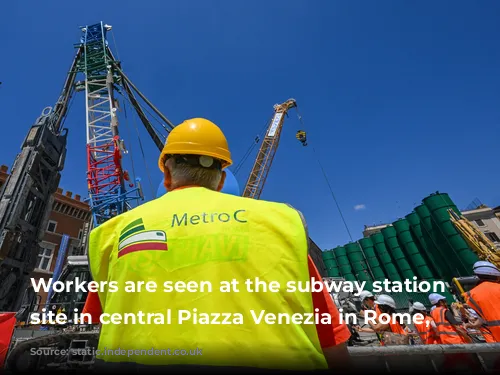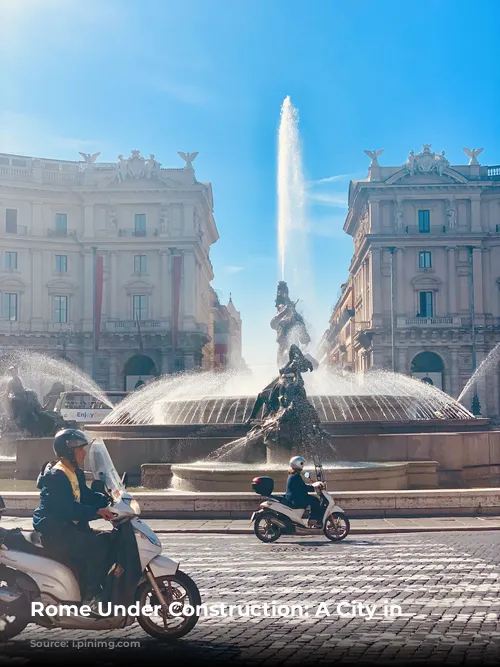Rome, the Eternal City, is undergoing a monumental makeover, a grand transformation driven by the upcoming 2025 Roman Catholic Holy Year. This special event, known as the Jubilee, is expected to draw a record-breaking 32 million visitors to the city. In preparation for this influx of pilgrims and tourists, Rome is undergoing a massive revamp of its infrastructure, a project fueled by billions of euros from both state and European funds.
This ambitious undertaking aims to enhance the city’s infrastructure, improve transportation, beautify public spaces, and address long-standing issues like inadequate garbage collection. While the project has caused temporary disruptions for residents and some tourists, the city’s mayor, Roberto Gualtieri, assures everyone that the inconvenience will be worth it in the long run. He envisions a “more sustainable, inclusive and innovative city” that will showcase Rome’s unique heritage.
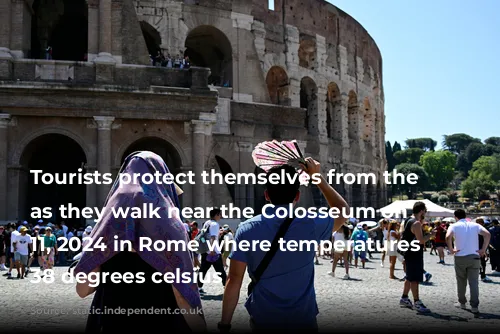
A City in Flux: Construction Projects Galore
The scope of the project is truly impressive, with over 3,200 public construction projects underway. This includes 322 key projects directly linked to the Jubilee, such as the creation of a new square near the Vatican, which Gualtieri promises will be “one of the most beautiful squares in the world.”
While some tourists, like Tom Pagano from California, are taken aback by the sheer scale of the construction, they acknowledge that there’s still plenty to see and experience in Rome. Pagano’s family found solace in the fact that there are still attractions that haven’t been touched by the construction boom.
The projects encompass everything from shifting a major road junction underground to renovating the city’s existing metro lines and even overhauling the main railway station. The city is also working on a new tram depot and a third metro line that will connect the two main basilicas, St. Peter’s and St. John Lateran, traversing the heart of Rome’s historic center.
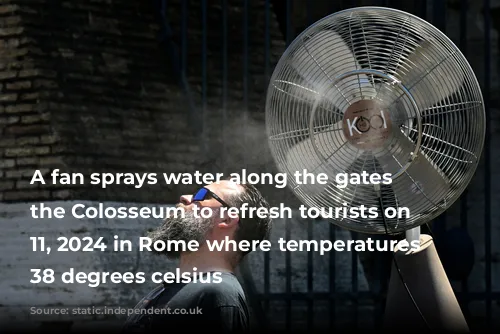
A Deeper Dig: Archaeological Treasures and Long-Term Investments
One of the most ambitious projects is the construction of a new Metro C station beneath Piazza Venezia, one of Rome’s busiest squares. This project involves digging a deep, 85-meter ring and excavating the top 20 meters of earth, a process that requires meticulous care to avoid disturbing nearby historical structures and to ensure that any unearthed archaeological remains are preserved.
While the Metro C station is expected to open in a decade, this ambitious undertaking underscores Rome’s dedication to long-term investment and its commitment to preserving its rich history. Project manager Andrea Sciotti emphasizes the complexity of the project, highlighting that the engineers must navigate both engineering challenges and the preservation of historical artifacts.
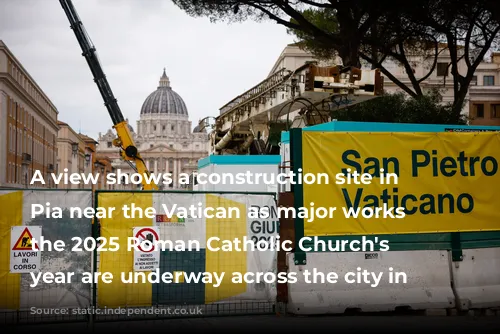
A City on the Move: Facing the Challenges of Transformation
The city is experiencing a multifaceted makeover that extends to its most iconic tourist attractions. Several fountains, including the celebrated Fountain of Four Rivers in Piazza Navona and the Renaissance fountain in front of the Pantheon, are currently under restoration, temporarily veiled behind scaffolding.
Despite the disruption, the city is pushing forward with its ambitious plan to modernize and elevate its tourism infrastructure. The inconvenience is a small price to pay for a city that is continuously evolving and striving to create a more sustainable, inclusive, and innovative future for itself and its visitors.
